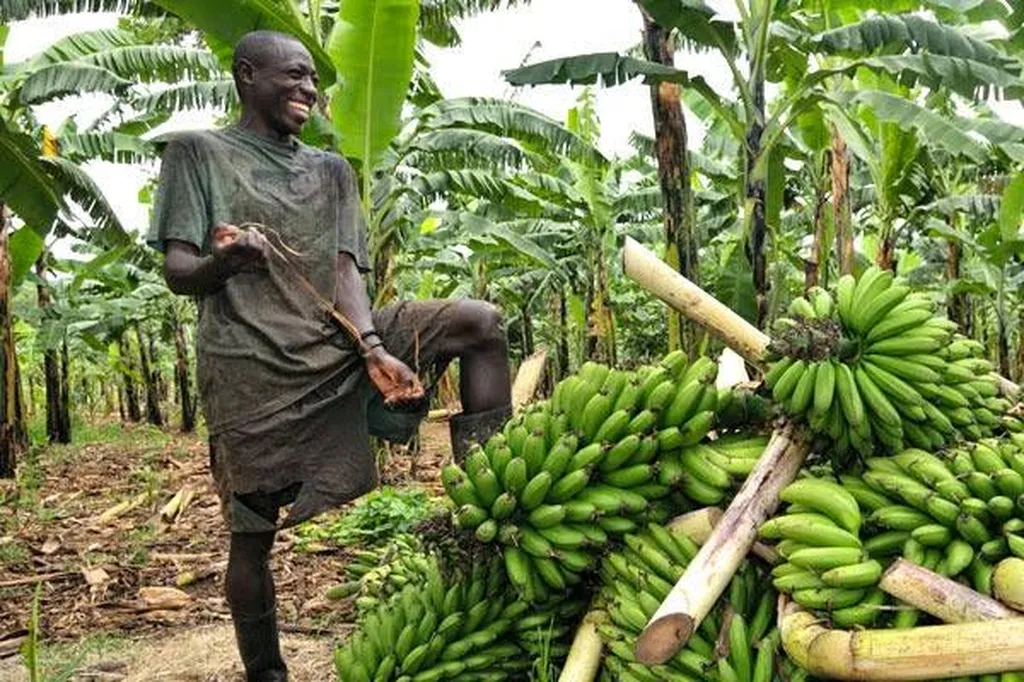In the heart of the global agricultural landscape, a humble yet often overlooked resource is gaining attention: banana waste. As the world’s most consumed fruit, bananas generate a staggering amount of waste, with up to 80% of the plant’s biomass discarded post-harvest. But what if this waste could be transformed into a valuable resource, contributing to sustainable development goals and revolutionizing the food industry?
A recent study published in *Scientia Agricola* and led by Nurul Solehah Mohd Zaini explores the untapped potential of banana waste, offering a roadmap for its valorization. The research highlights the unique nutritional and bioactive compounds found in banana waste, such as neurotransmitters, essential fatty acids, enzymes, and flavor constituents. These compounds, often overlooked, could be harnessed to combat malnutrition, enhance functional foods, and even develop innovative food packaging.
The commercial implications for the agriculture sector are profound. By transforming banana waste into a valuable resource, farmers and agribusinesses could unlock new revenue streams. “This is not just about reducing waste; it’s about creating value,” says Nurul Solehah Mohd Zaini, the lead author of the study. “Banana waste is a resource waiting to be tapped, and the potential applications are vast.”
One of the most promising areas is the development of functional foods. Banana waste could be incorporated into food products to enhance their nutritional profile and functionality. This could open up new markets for food manufacturers, catering to the growing demand for healthy, nutrient-rich foods.
Moreover, banana waste could contribute to sustainable agriculture. The study reviews current life cycle analysis studies that highlight the environmental benefits of banana waste valorization. By reducing agricultural waste and promoting eco-friendly technological innovations, the agriculture sector could significantly lower its environmental footprint.
The cultural significance of banana waste is also noted in the study. In many cultures, banana waste is already used in traditional practices, from cooking to medicinal applications. By building on these cultural practices, the study suggests, we can develop innovative solutions that are both sustainable and culturally relevant.
However, the path to commercialization is not without challenges. The study outlines the technical challenges and regulatory considerations that need to be addressed. But with the right strategies, the potential benefits are immense.
As the world grapples with the challenges of food security, malnutrition, and environmental sustainability, the valorization of banana waste offers a glimmer of hope. By leveraging this abundant resource, we can take a significant step towards achieving the United Nations’ Sustainable Development Goals.
The study, published in *Scientia Agricola* and led by Nurul Solehah Mohd Zaini, provides a comprehensive roadmap for the valorization of banana waste. It is a call to action for the agriculture sector, a beacon of hope for a more sustainable future. As we stand on the cusp of a new era in agriculture, the humble banana waste could very well be the key to unlocking a world of possibilities.

